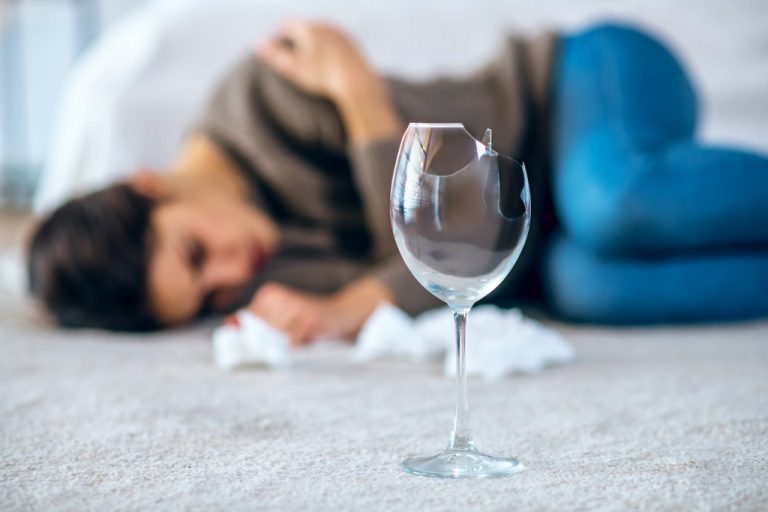Add in alcohol abuse, and the multitude of possible social, emotional, physical, financial, and behavioral problems related to alcohol addiction, and the risk factors and potential for negative side effects go up exponentially. These utilization-adjusted rates convey the likelihood that use of a drug will result in PC abuse cases when considering how many people use the drug for either (1) any reason or (2) nonmedical reasons. The utilization-adjusted abuse rates for any past-year use of a substance showed the highest rate for heroin (increasing from 4,038 to 7,201 cases per one million people). The next highest rates were for ketamine, cocaine, and benzodiazepines; all these rates were considerably lower than the rate for heroin. The rates for marijuana (relatively stable at 75 to 70 cases per one million people) and oxycodone were similar, as were the rates for alcohol, zolpidem, tramadol, and hydrocodone; all these rates were considerably lower than the rates for ketamine, cocaine, and benzodiazepines.

Understanding the Link Between Anger and Alcoholism
It can take them a long time to understand what happened, contextualize it, and learn to stand up for themselves assertively and non-hatefully. Unfortunately, DEI ideology provides a rationale for antiwhite hatred (and for ignoring it), with its insistence that racial https://thechigacoguide.com/top-5-advantages-of-staying-in-a-sober-living-house/ aggression directed at white people “isn’t racism.” This leaves targets of these attacks unsupported and isolated. Like my client, many fear talking about their experience because they assume others will invalidate their concerns or side with their attackers.
- Recovering from depression and AUD is difficult because the disorders can worsen one another.
- The two conditions often co-occur with anywhere between 33% and 63.8% of people with AUD also having depression.
- The individuals who had higher mental rigidity had lower empathy and perception of the severity of IPV.
- One study by the National Institute on Alcohol Abuse and Alcoholism found that people with alcohol use disorder (AUD) were 2.3 times more likely to have major depressive disorder than people who did not have AUD.
PART 1308—SCHEDULES OF CONTROLLED SUBSTANCES
The two conditions often co-occur with anywhere between 33% and 63.8% of people with AUD also having depression. People who have both tend to have more severe symptoms than those who have only one disorder. People with AUD and depression often experience the most symptom relief when they receive treatment for both disorders at the same time. It probably won’t hurt to have a glass of wine or beer once in a while for social reasons unless you have a health condition that prevents you from drinking. But if you turn to alcohol to get you through the day, or if it causes trouble in your relationships, at work, in your social life, or with how you think and feel, you may have a more serious problem.

Alcohol and mental health
- If you’re feeling motivated enough to try, the act of stretching itself can help reduce stress and improve your mood.
- However, significant gaps remain in our understanding of these two disorders, and these gaps present important opportunities for future research.
- Antiwhite behavior manifests in many ways—violent attacks (including assault and rape) motivated by racial animus, bullying at school, insults, harassment, discrimination, and racially demeaning trainings at the workplace.
- After detox, individuals suffering from co-occurring disorders often proceed directly into a residential treatment program where structured around-the-clock programming can help to manage both disorders.
- Other data also suggest a greater-than-chance association between panic disorder (and perhaps social phobia) and alcoholism (Cowley 1992; Cox et al. 1990; Kushner 1996).
Heavy drinking is also linked to suicidal thoughts and attempts. If you’re feeling motivated enough to try, the act of stretching itself can help reduce stress and improve your mood. We tend to hold a lot of tension in our muscles when we are upset, which contributes to irritable and angry emotions. We might feel our teeth clenched, our fists balled up, and our shoulders in knots. Stretching is a good way to release that tension to help you feel more at ease.
Drugs & Supplements
Depression typically doesn’t improve without treatment. It can get worse over time, especially when combined with regular or heavy alcohol use. Taking action to manage negative emotions as you experience Sober House them can help keep them from getting too overwhelming. Instead, remind yourself you can do things differently next time. Then, try distracting yourself to help take your mind off how you feel.
How do I make friends without drinking?

Many of these studies are mentioned in the Schuckit and Hesselbrock review, including the work by Merikangas and colleagues (1985). Other such studies are highlighted in the review by Brady and Lydiard (1993). Anger can be a common emotion among people experiencing major depression. You may feel angry at the world, angry about events from your past, or even angry at yourself. This anger can be intense and difficult to control, to the point that it worsens your depression and affects your personal and professional relationships. The study concluded that alcohol increased the odds of physical aggression in those men who had high trait anger and poor anger management skills.
Address negative feelings when they come up
Similarly, an alcoholic who experiences repeated panic attacks or other anxiety symptoms requires intervention for the anxiety, regardless of the cause. Alcoholics who experience high levels of anxiety or nervousness, including panic attacks, will likely benefit from education and reassurance as well as from behavioral therapies aimed at increasing levels of relaxation. The relationship between alcohol-use disorders and psychiatric symptoms is both clinically important and very complex (Brady and Lydiard 1993). As a typical depressant, alcohol affects the brain in many ways, and it is likely that high doses will cause feelings of sadness (i.e., depression) during intoxication that evolve into feelings of nervousness (i.e., anxiety) during the subsequent hangover and withdrawal. The greater the amounts of alcohol consumed and the more regular the intake, the more likely a person will be to develop temporary anxiety and depressive symptoms. As consumption increases even more, these symptoms also are likely to intensify.
No Comments
Be the first to start a conversation